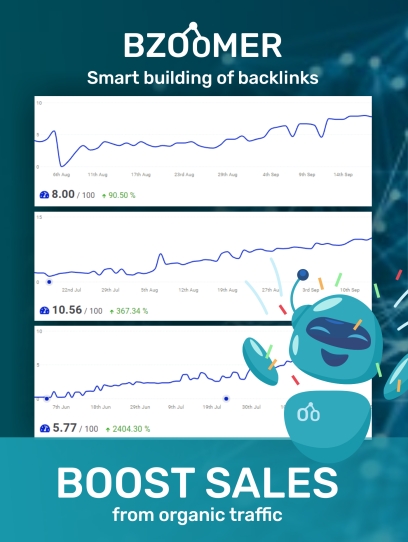Oil water separator is essential devices used across various industries to remove oil and hydrocarbons from water, ensuring environmental compliance and protecting water quality. Whether used in industrial settings, wastewater treatment plants, or automotive facilities, understanding the different types of oil water separators is crucial for selecting the right system for your needs. This article explores the main categories of oil water separators: Above Ground Oil Water Separators, Below Ground Oil Water Separators, Coalescing Oil Water Separators, and Oil Skimmers.
1. Above Ground Oil Water Separators
Overview:
Above Ground Oil Water Separators are installed above the ground level, making them easily accessible for maintenance and monitoring. They are typically used in facilities where space is available and where ease of access is a priority.
Advantages:
- Ease of Installation and Maintenance: Being accessible, these separators are easier to install and service without significant disruptions.
- Visibility: Operators can easily monitor the separation process and identify any issues promptly.
- Flexibility: Suitable for temporary setups or locations where underground installation is impractical.
Applications:
- Industrial Plants: Factories producing oil-based wastewater can benefit from above ground systems.
- Marine Facilities: Ports and shipyards use these separators to manage bilge water and other oily discharges.
- Automotive Service Centers: Workshops often use above ground separators to handle runoff from vehicle maintenance.
2. Below Ground Oil Water Separators
Overview:
Below Ground Oil Water Separators are installed underground, offering a discreet solution that saves surface space and provides protection from environmental elements.
Advantages:
- Space-Saving: Ideal for locations with limited surface area.
- Protection: Underground placement protects the equipment from weather conditions and potential vandalism.
- Aesthetic Appeal: Maintains the visual aesthetics of the facility by keeping equipment out of sight.
Applications:
- Urban Facilities: Businesses in densely populated areas where space is at a premium.
- Permanent Installations: Long-term setups where underground systems reduce the need for frequent maintenance.
- Environmental Control: Facilities aiming to minimize visual impact while ensuring effective oil-water separation.
3. Coalescing Oil Water Separators
Overview:
Coalescing Oil Water Separators utilize coalescing media to aggregate fine oil droplets into larger ones, facilitating easier separation from water. This technology enhances the efficiency of the separation process.
Advantages:
- High Efficiency: Capable of removing very fine oil droplets, resulting in cleaner effluent.
- Compact Design: Efficient separation in smaller units due to the effective coalescing process.
- Low Maintenance: Media can often be cleaned and reused, reducing operational costs.
Applications:
- Chemical Processing: Industries handling emulsified oils require high-efficiency separators.
- Petroleum Refineries: Ensures that discharged water meets stringent environmental standards.
- Food and Beverage Industry: Maintains water quality by removing oil contaminants from processing streams.
4. Oil Skimmers
Overview:
Oil Skimmers are devices designed to remove oil from the surface of water. They are often used in conjunction with other separation systems to enhance overall efficiency.
Advantages:
- Surface-Level Removal: Quickly removes floating oil, preventing it from sinking and contaminating larger volumes of water.
- Versatility: Can be used in various settings, including tanks, ponds, and spill response scenarios.
- Ease of Integration: Easily combined with other separation technologies for comprehensive oil removal.
Applications:
- Oil Spill Response: Essential equipment for cleaning up accidental oil spills in marine and terrestrial environments.
- Storage Tanks: Prevents oil accumulation in water storage systems, maintaining water quality.
- Aquaculture: Protects aquatic life by removing oil contaminants from fish farms and other water bodies.
Choosing the Right Oil Water Separator
Selecting the appropriate oil water separator depends on several factors, including the volume of wastewater, the concentration of oil, space availability, and specific industry requirements. Here are some key considerations:
- Volume and Flow Rate: Ensure the separator can handle the expected volume of water and flow rates without compromising efficiency.
- Oil Concentration: High oil concentrations may require more robust systems like coalescing separators or multiple separation stages.
- Space Constraints: Above ground units are ideal for ample space, while below ground separators are better for limited areas.
- Maintenance Requirements: Consider the ease of access and maintenance needs to minimize downtime and operational costs.
- Regulatory Compliance: Ensure the chosen separator meets local environmental regulations and discharge standards.
Oil water separators play a critical role in managing and mitigating oil contamination in various water systems. By understanding the different types—Above Ground, Below Ground, Coalescing, and Oil Skimmers—industries can make informed decisions to protect the environment, comply with regulations, and maintain operational efficiency. Whether prioritizing ease of maintenance, space-saving designs, high-efficiency separation, or surface-level oil removal, there is an oil water separator solution tailored to meet diverse industrial needs.


